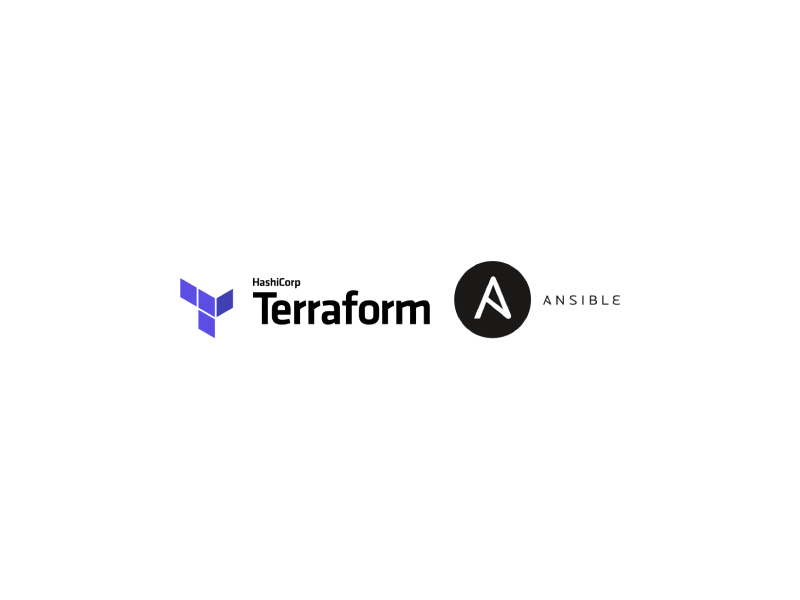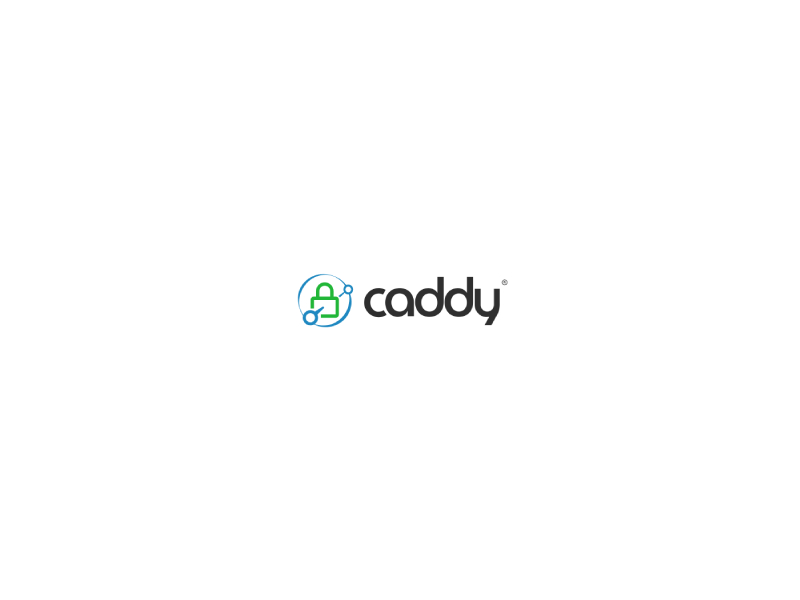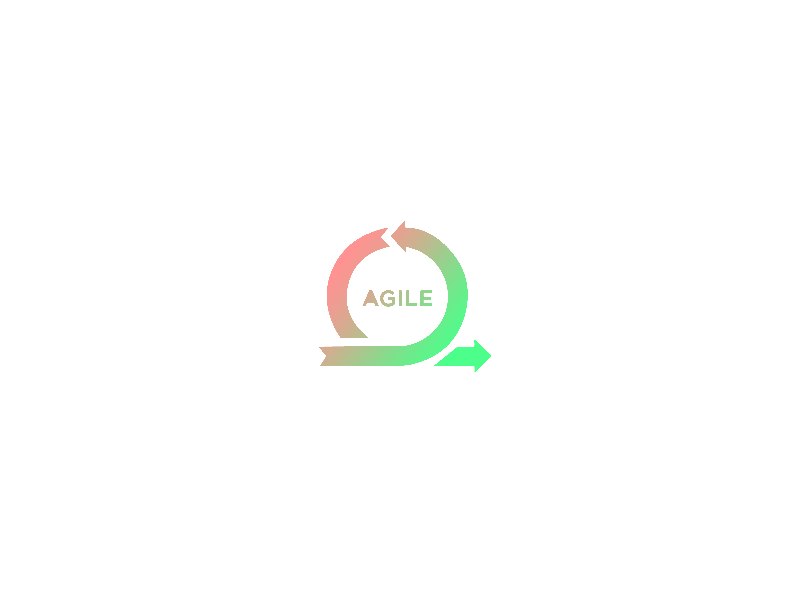Terraform and Ansible are two popular tools used in DevOps to automate infrastructure provisioning and configuration management. While both tools serve similar purposes, there are significant differences between them that make them more suitable for different use cases. In this article, we will compare Terraform and Ansible from various perspectives to help you understand which tool is the better choice for your specific needs.
Overview of Terraform
Terraform is a tool for building, changing, and versioning infrastructure safely and efficiently. It uses a declarative language called HashiCorp Configuration Language (HCL) to describe infrastructure as code (IaC). Terraform supports a wide range of cloud providers and services, including AWS, Azure, Google Cloud, and many more.
Terraform has several benefits over other infrastructure as code tools. For one, it supports multi-cloud provisioning, making it ideal for hybrid environments. It also supports module reuse, enabling you to write reusable code for infrastructure provisioning.
One significant advantage of Terraform is its ability to manage infrastructure as a code. Terraform configurations are written in HCL, which is human-readable and easily understandable by developers, even if they don’t have a background in infrastructure. Terraform also has a dry-run mode that enables you to preview the changes that will be made to the infrastructure before applying them, providing you with confidence and safety when applying changes.
Overview of Ansible
Ansible is a configuration management tool that automates software provisioning, configuration management, and application deployment. It uses a declarative language called YAML to describe the desired state of a system. Ansible is agentless, which means it doesn’t require any software to be installed on the target system.
Ansible has several benefits over other configuration management tools. For one, it’s agentless, making it easy to install and use. It also uses YAML, which is a simple language that is easy to learn and understand. YAML is a data serialization language that is human-readable, so it’s easy to read and write, even if you’re not a developer.
Another significant advantage of Ansible is its simplicity. Ansible is easy to learn and use, making it ideal for small to medium-sized enterprises. Ansible is also extensible, allowing you to customize it to fit your specific needs.
Comparison of Terraform and Ansible
Language
Terraform uses HCL, which is a more expressive language than YAML. It allows you to define complex infrastructure with ease, making it easier to understand and maintain. HCL supports variables, loops, and conditionals, which enable you to write more complex configurations. HCL also supports modules, enabling you to write reusable code for infrastructure provisioning.
Ansible, on the other hand, uses YAML, which is a simpler language. While it’s easy to read and write, it can become more complex when defining complex infrastructure. Ansible also supports variables, loops, and conditionals, but these features are not as powerful as those in HCL.
Architecture
Terraform is designed to be used with cloud providers and services. It uses a plugin architecture to interact with these services, which makes it more flexible and extensible. Terraform has native support for many cloud providers, including AWS, Azure, Google Cloud, and many more. Terraform can also be used with on-premises infrastructure, making it ideal for hybrid environments.
Ansible, on the other hand, is designed to be used with any system, regardless of whether it’s in the cloud or on-premise. Ansible uses SSH or WinRM to communicate with target systems, making it ideal for managing a diverse range of systems. Ansible also has a plugin architecture, but it’s not as extensible as Terraform’s plugin architecture.
Workflow
Terraform uses a plan, apply, and destroy workflow. Before making any changes to the infrastructure, Terraform generates an execution plan that describes the changes that will be made. This plan can be reviewed and modified before being applied. Once the plan is approved, Terraform applies the changes, updating the infrastructure to the desired state. Terraform also provides a destroy command that enables you to tear down infrastructure when it’s no longer needed.
Ansible, on the other hand, uses a push-based workflow. When you run an Ansible playbook, it connects to the target systems and pushes the desired state to those systems. Ansible also provides an idempotent execution model, meaning that if you run the playbook again, it will only make the necessary changes to bring the system to the desired state.
Use Cases
Terraform is ideal for infrastructure provisioning and orchestration. It’s a great tool for managing cloud resources and enabling DevOps teams to create, modify, and destroy infrastructure. Terraform is also ideal for hybrid environments where you need to manage both on-premises and cloud infrastructure.
Ansible is ideal for configuration management and application deployment. It’s a great tool for managing software and ensuring that all systems are configured consistently. Ansible is also ideal for managing large-scale deployments, where you need to ensure that all systems are configured correctly.
Learning Curve
Both Terraform and Ansible have a learning curve, but Ansible is generally considered to be easier to learn and use. Ansible uses a simple YAML syntax, making it easy for beginners to pick up. Terraform’s HCL syntax can be more complex, but it provides more power and flexibility than YAML.
Community Support
Both Terraform and Ansible have large and active communities. There are many resources available, including documentation, tutorials, and support forums. Both tools also have many plugins and modules available, making it easy to extend their functionality.
Conclusion
In conclusion, Terraform and Ansible are both great tools for DevOps, but they serve different purposes. Terraform is ideal for infrastructure provisioning and orchestration, while Ansible is ideal for configuration management and application deployment. If you’re managing cloud resources, Terraform is probably the better choice. If you’re managing software on a large scale, Ansible is probably the better choice.
Ultimately, the choice between Terraform and Ansible depends on your specific needs and preferences. Both tools have their strengths and weaknesses, and it’s important to evaluate them carefully before making a decision. With that said, both Terraform and Ansible are excellent tools that can help you automate your infrastructure and make your DevOps workflow more efficient.




